North Indian Instrumental Music Ragas: For Higher Studies
Indian Classical Music, also known as Hindustani Classical Music, is one of the richest music found all over the world due to its versatility and the system being dollowed, which givers one the freedom to create remaining within a framework of rules. This husic is basde on the system of a Raga. A Raga is the bane of Indian classical Music. A Raga can be defined as a melodic structure with the certain rules and the freedom given for creativity within the same, also referred to as North Indian Classical Music. It has attacted millions across the world.
A Raga presentation has got a sequential progression and in Indian Instrumental Music also, It can be found. While teaching a Raga, this sequential progression of presentation is also kept in mind. As i belong to be traditional Jaipur Senia Gharana of Sitar players, i have tried to document the same in a systemic manner, according to the same.
This book documents the sequential progression of the delineation of a Raga as has been taught to me by my Guru. In some Raga, i have also mentioned the system followed by Pandit Bhatkhande ji, in addition, wherever i have found a difference in the Gharana based teaching and the Bhatkhande system.
This system of sequential progression followed in each Raga in this book, is the same, as is taught traditionally in the Jaipur Senia Gharana. It begins with the Theory of the Raga, followed by the "Chalan" of the same Raga. The tanas of the same Gat follow thereafter. Finally the Raga concludes with the Jhala at the end. This book has tried to depict and document the process of delineation of a particular Raga a sequential manner.
In this book, I have chisan thirteen Raga. It serves only as a glimpse of those Raga, as Indian Classical Music is so vast and cannot be written completely. This book will serve of extreme value to those students of Instrumental music, who have learnt some of the basic Raga and want to further learn some of the advanced Ragas.
Get it now and save 10%
BECOME A MEMBER

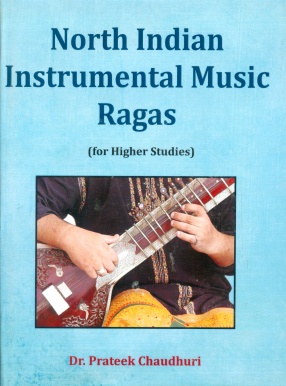
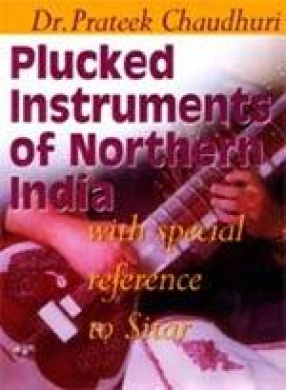
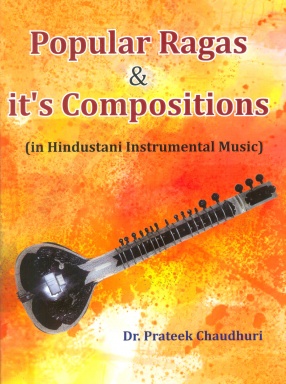
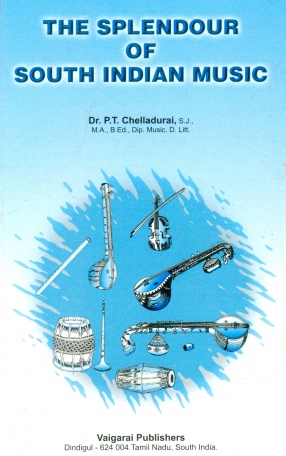
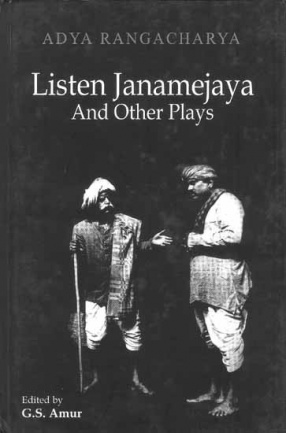
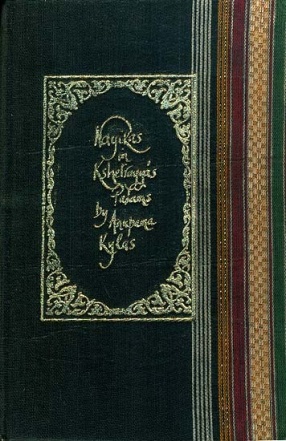
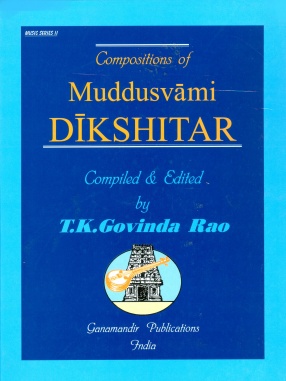

Bibliographic information